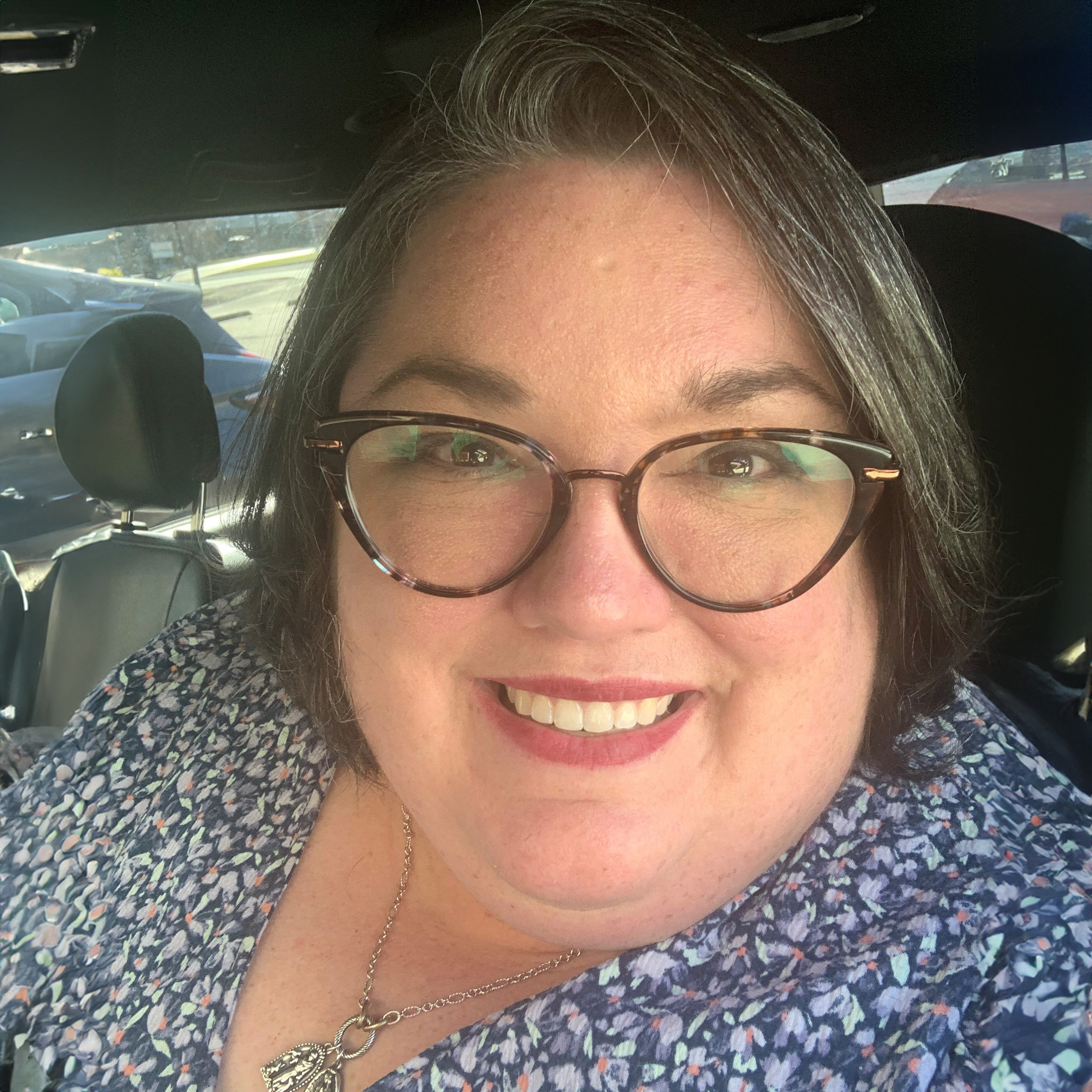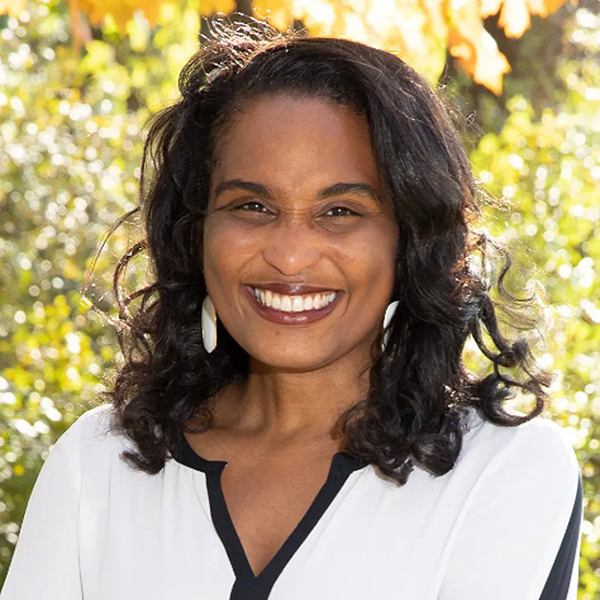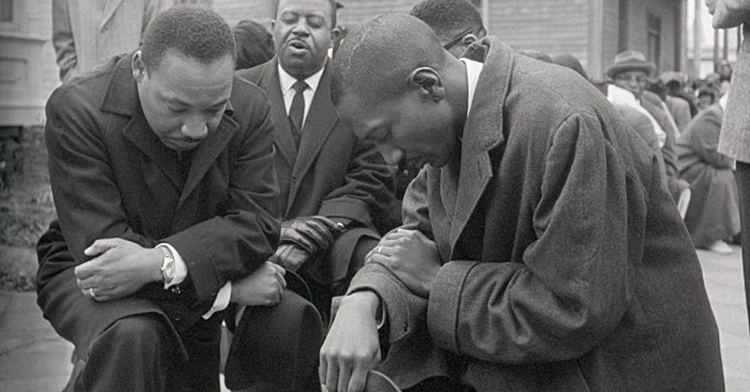My formal training as a pediatric oncologist has taught me to treat children with catastrophic diseases and advance therapies for these children. It is these children who have taught me about the depth and complexity of facing death. In the middle of illness and suffering, they have shown me, the space opens for spirituality and grace in the lives of patients, families, medical caregivers and communities. Even when they are cured -- and many are -- illness interrupts their perception of a “normal life.” This work -- caring for the suffering, preparing for dying -- is work the church should claim.
It is an urgent need, and one faith communities are uniquely positioned to address.
In the United States, much of a patient’s experience of illness or death occurs in the context of a medical institution and isolated from faith communities. These medical systems have powerful means of investigating the physical aspects of illness, treating specific diseases and alleviating pain. However, growing out of the medical model, these interventions often are focused on some single aspect of a disease process, rather than on the experience of the whole person.
There is, of course, good reason to provide symptom relief. But when a person is suffering from pain or other distressing physical symptoms, many important tasks and experiences that are part of illness and death often are interrupted. Many of these other aspects are the church’s domain, for we have the history, tradition, language and wisdom to help. Medical systems do not. It is time for the church to reclaim its role in health care and to gain the tools needed to help with the spiritual work through community-forming practices -- including teaching, preaching and concrete sustained action addressing these issues.
Where should the church begin? The answer lies in our core spiritual beliefs: gratitude for the gifts in life, reliance upon God, confession, forgiveness, reconciliation. Faith communities should teach and preach these beliefs in the context of illness and dying and enable ministries to care for those who are ill and dying. Divinity schools can become more intentional in training pastors to reclaim these areas for their congregations, and to form the habits and practices within their congregations that enable them to navigate these deep waters, to offer support in faithful decision-making and to take advantage of the powerful opportunities for individual and community growth when illness or death occurs in our midst. Pastors-in-training learn how to conduct funerals, but should be offered the resources to lead congregations in being more fully prepared for and present in the experiences of illness and death. Clergy and church members can foster relationships with local hospices and hospitals where church members will seek care.
As churches reclaim their authority in these areas, they can offer themselves as a resource to improve spiritual care in the context of the hospital or hospice. These are potentially robust connections that might allow reciprocity between churches, hospitals and hospices, while shifting some of the center of gravity around illness and death from the medical system to faith communities. In addition to improving the experience of children and families as they go through illness, suffering and death, I believe that the church will find such difficult times to be opportunities for growth as a hopeful community.
My own growth in this work came during a difficult time. Two of my patients on the bone marrow transplant service invited me to join them, their families and friends, and their pastor on their journey of realizing what mattered most in their lives and realizing what they could let go. Before they died, I saw the strength they drew from their church community. After they died at ages five and 12, I personally drew on the strength of their church community. Together, their pastor and I experienced the slow transformation of grief into a chance to explore life with God and others with an honesty and boldness rooted not in a “gospel of prosperity” but rather in the faithfulness of a God who has known the cross.
My own practice has since changed. I strive to be more fully present with my patients and their families as whole people, to pay close attention to their needs, hopes and fears beyond the details of their diseases, and, as our relationship grows, to encourage them to resist the isolating effects of disease and therapy by continuing in their relationships with God and community. I also have become more deeply aware of the effect of their hope and suffering on me -- in prayer, in worship and in gratefulness for life as a gift, given one day at a time.











